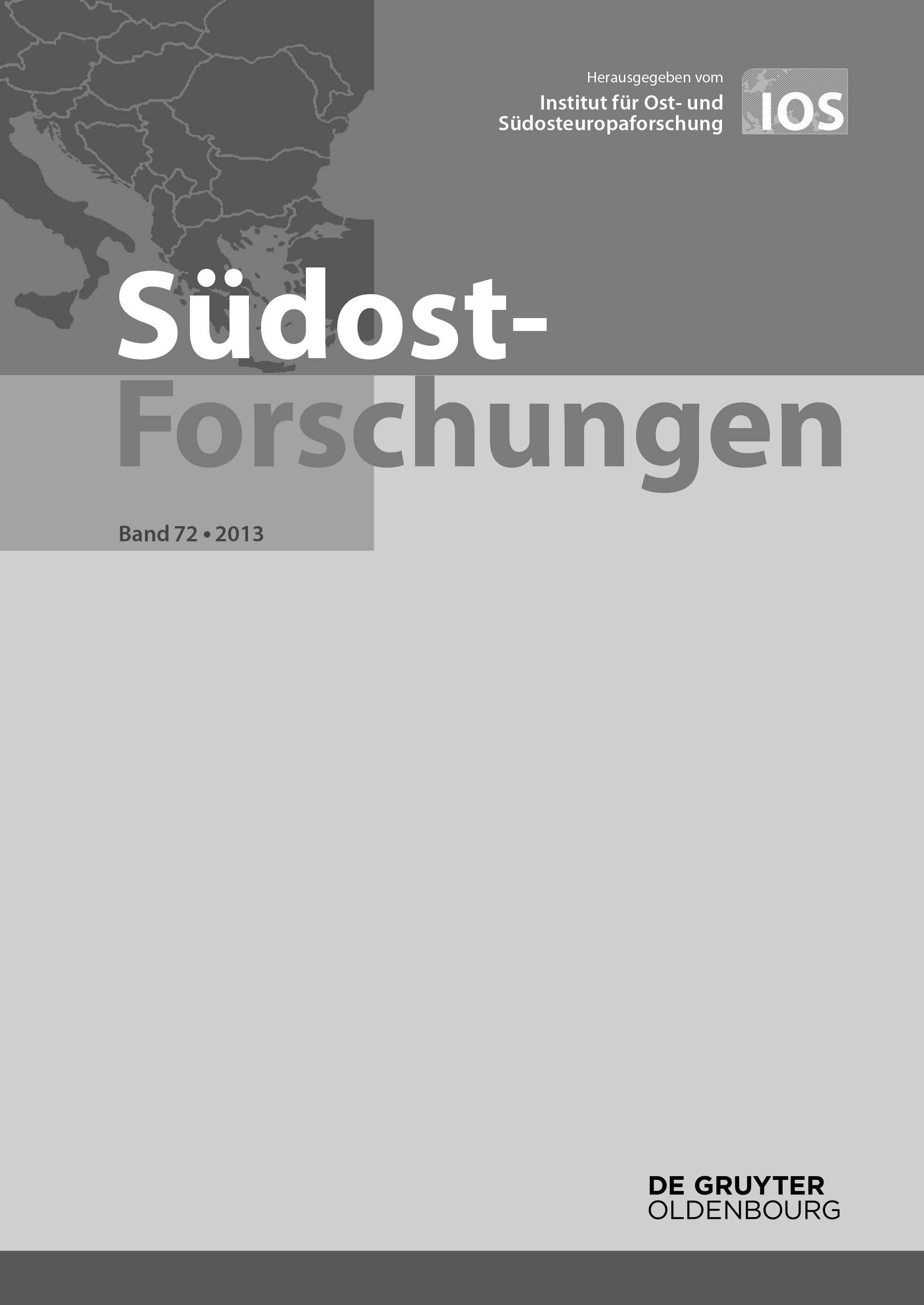Kontinuität und Diskontinuität im Klausenburger Druckwesen des 16. Jahrhunderts
Continuity and Discontinuity in the Printing Industry of Klausenburg in the 16th Century
Author(s): Anita-Andreea SzéllSubject(s): Cultural history, 15th Century, 16th Century
Published by: De Gruyter Oldenbourg
Summary/Abstract: Book printing began quite early in Hungary: except for Gutenberg’s Germany, Hungary was surpassed only by Italy (1465), Switzerland (1470), France (1470) and Holland (around 1470). Due to the extension of the Reform in the eastern part of the country, the urgent necessity of book printing appeared early on – already toward the end of the 1540s – and it was organized such as it would continuously provide the market with reading material in Hungarian. It is not a coincidence if Cluj, the most privileged city in Transylvania, had become the center of book typography in Hungarian language. The office in Cluj was established by Georg Hoffgreff; and Gáspár Heltai became his partner in the middle of 1550. The history of continuity and discontinuity of the typography in Cluj started in the 16th century.
Journal: Südost-Forschungen
- Issue Year: 2013
- Issue No: 72
- Page Range: 1-10
- Page Count: 10
- Language: German
- Content File-PDF

